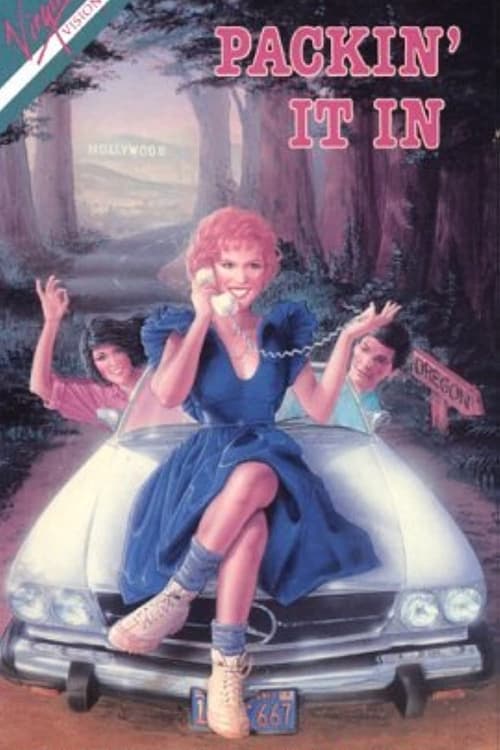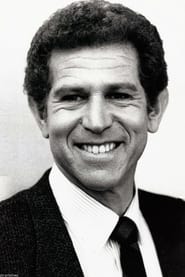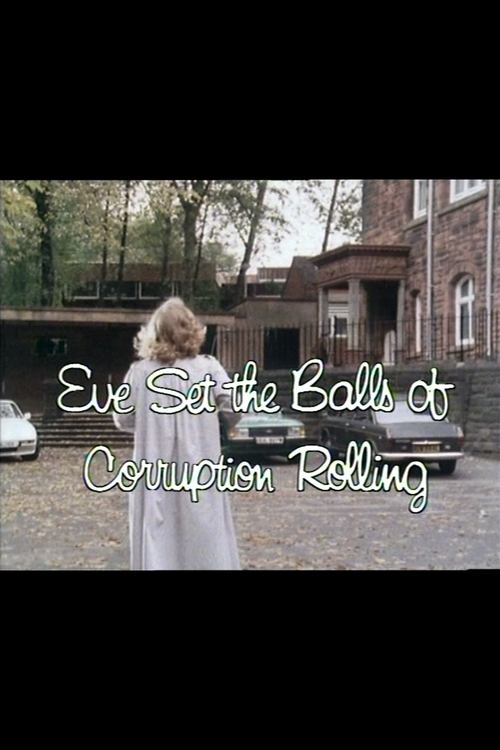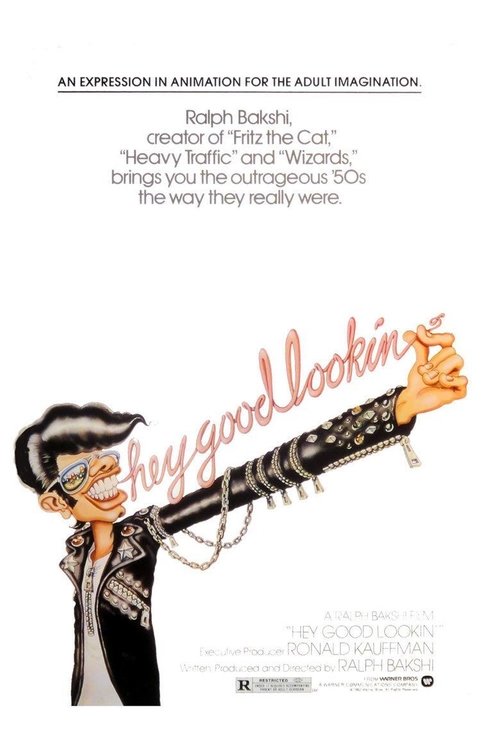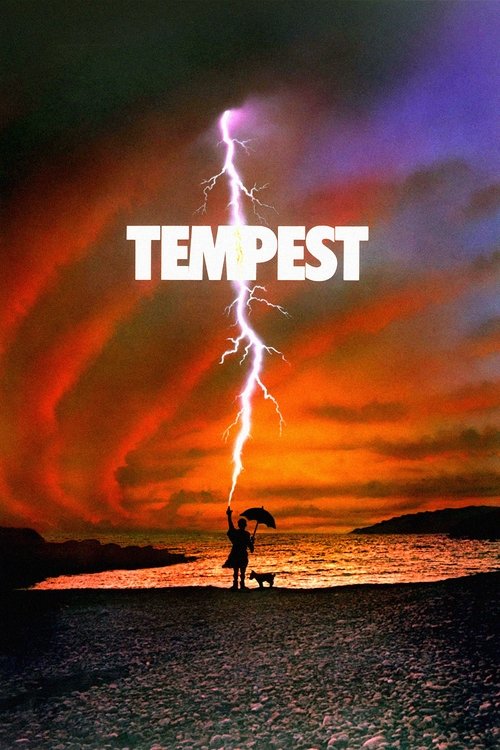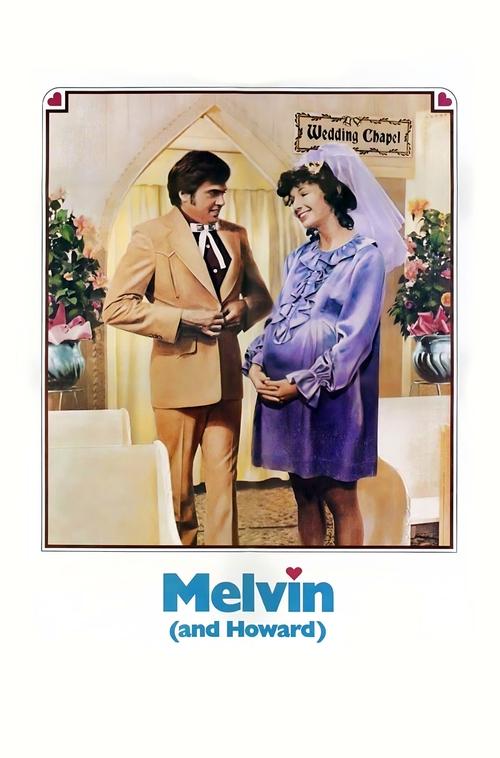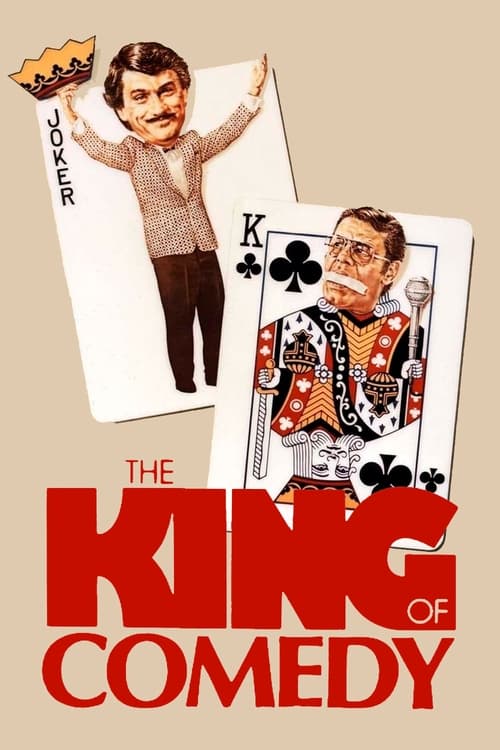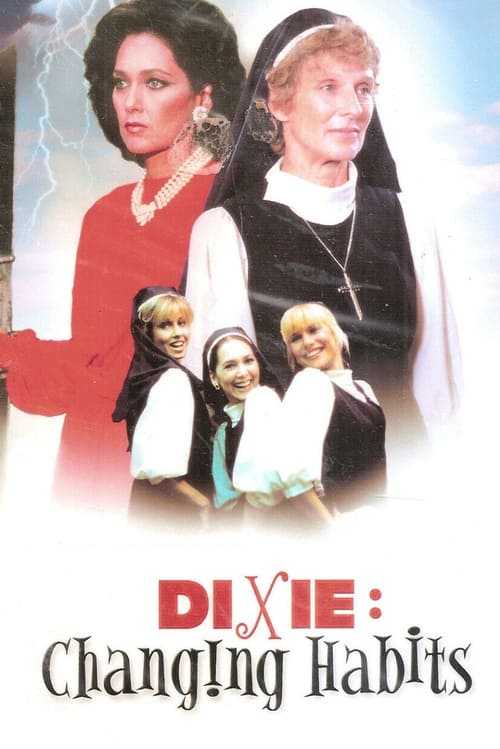
Ask Your Own Question
What is the plot?
In the early 1980s, the Webber family lives in the chaos of urban Los Angeles, a city unraveling under the weight of social decay and environmental hazards. Richard Webber, a man worn down by years of city life, has just been laid off after seventeen years of steady employment. His wife, Paula Webber, is a tomboyish, clever woman who supports her husband but shares his frustration with their deteriorating surroundings. Their children, Molly and David, embody the urban malaise: Molly, a Valley Girl teenager, dates a punk named Johnny Crud, whose nihilistic mantra that "life is basically for the birds" echoes the family's growing disillusionment, prompting Richard to snap, "Crud, get a job!" Meanwhile, their eleven-year-old son David has taken up smoking, a small but telling sign of the family's unraveling.
The Webbers' neighborhood is a microcosm of urban dysfunction. Toxic waste bubbles ominously from their bathtub, a surreal symbol of the environmental neglect suffusing their lives. Their neighbors, a mix of eccentric and paranoid individuals, are already fleeing the city for the mountains of Oregon, seeking refuge in the wilderness. The Webbers initially mock these neighbors, laughing at their idealism and survivalist obsessions, particularly the family living in a bunker, hoarding supplies in preparation for societal collapse. This survivalist family, led by a stern patriarch and accompanied by his monotone son, embodies the extreme paranoia simmering beneath the surface of this rural exodus.
Richard's layoff crystallizes the family's decision to join the migration. The promise of a wholesome, simpler life in rural Oregon beckons--a stark contrast to their urban nightmare. The move is portrayed with a mixture of hope and skepticism. As they pack their belongings, the Webbers grapple with the tension between their desire for renewal and the uncertainty of what lies ahead. The city's chaos fades behind them as they drive toward the mountainous wilderness, a rugged landscape that promises fresh air and a fresh start but conceals its own harsh realities.
Upon arrival in Oregon, the Webbers settle into a rustic cabin nestled among the towering pines. The natural beauty is breathtaking, but the wilderness is unforgiving. They quickly encounter their survivalist neighbors, whose bunker and hoarded supplies are a constant reminder of the fear and mistrust that permeate this new community. The survivalists view the Webbers' arrival with suspicion, wary of outsiders who lack their preparedness and self-reliance. Tensions simmer beneath polite exchanges, revealing ideological clashes between the Webbers' hopeful idealism and the survivalists' grim pragmatism.
Life in the wilderness challenges the Webbers in unexpected ways. Paula's resourcefulness is tested as she adapts to the demands of rural living, while Richard struggles with his own inadequacies outside the structured urban environment. Molly chafes against the isolation, her rebellious streak intensified by the absence of her punk boyfriend and the constraints of country life. David, too, faces his own struggles, caught between childhood and the harsh lessons of survival. Family conflicts arise, their frustrations and fears bubbling to the surface in tense conversations that reveal the cracks in their unity.
The Webbers' idyllic vision begins to unravel when a devastating flood sweeps through the area. The floodwaters surge with relentless force, engulfing their cabin and washing away their possessions. This natural disaster serves as the film's climactic confrontation--not a battle against human foes, but a stark reminder of nature's unpredictable power. The Webbers are forced to confront the fragility of their dreams and the limits of their preparedness. The flood's aftermath is a scene of desolation and despair, the family standing amid the wreckage of their hopes.
Throughout the ordeal, the Webbers' interactions with their neighbors underscore the film's themes of survival and community. The survivalist family's bunker, once a symbol of security, now seems a fortress of fear and isolation. The Webbers realize that neither the city nor the wilderness offers a perfect refuge; both are fraught with challenges that test human resilience and adaptability.
In the final scenes, the Webbers gather what remains of their lives and face an uncertain future. There are no dramatic deaths--no violent confrontations claim lives--but the emotional toll is profound. Richard and Paula exchange a quiet, somber understanding as they survey the flood's destruction. Molly's Valley Girl bravado fades into a reflective silence, and David's youthful defiance softens into acceptance. The film closes on a note of cautious hope, questioning whether any place can truly offer the wholesome life the family seeks. The Webbers' journey ends not with triumphant escape but with the sober recognition that life's challenges persist, whether in the city or the country.
"Packin' It In" thus unfolds as a poignant, comedic drama about a family's quest for renewal amid the harsh realities of both urban decay and rural survivalism. It reveals the complexities of family dynamics, the clash of worldviews, and the enduring human spirit confronting a world that offers no easy answers.
More Movies Like This
Browse All Movies →What is the ending?
In the ending of "Packin' It In," the main character, a struggling farmer named Charlie, faces the reality of losing his farm. After a series of emotional confrontations and realizations, he ultimately decides to leave the land behind, symbolizing a bittersweet farewell to his dreams and the life he once knew. The film concludes with Charlie driving away, reflecting on his past while embracing an uncertain future.
As the final act unfolds, the tension escalates. Charlie, portrayed with a deep sense of weariness and determination, stands in the middle of his farm, surrounded by the remnants of his hard work. The sun sets in the background, casting a golden hue over the fields that once thrived under his care. He is confronted by his wife, who expresses her fears about their future and the burden of their financial struggles. Her voice trembles with a mix of anger and sadness, revealing the strain that their situation has placed on their relationship.
In a pivotal scene, Charlie meets with a local banker who delivers the harsh news that the bank will foreclose on their property if they cannot come up with the necessary funds. The banker's demeanor is cold and businesslike, contrasting sharply with Charlie's emotional turmoil. As Charlie leaves the bank, the weight of despair hangs heavily on his shoulders. He walks through the town, where he sees familiar faces that once offered support but now seem distant and indifferent to his plight.
Back at the farm, Charlie's son, who has been trying to help with the chores, expresses his frustration and confusion about the family's situation. The boy's innocence clashes with the harsh realities of adulthood, and Charlie feels a deep sense of guilt for not being able to provide for his family. This moment is filled with tension as Charlie grapples with his role as a father and provider, feeling the pressure of expectations weighing down on him.
As the days pass, Charlie makes the difficult decision to sell off some of his equipment, a painful acknowledgment that he can no longer sustain the farm. The scene is heart-wrenching; he watches as strangers take away the tools of his trade, each item a reminder of his dreams and aspirations. The emotional stakes rise as he reflects on the memories tied to each piece of equipment, from the laughter of his children playing in the fields to the quiet moments spent working alongside his late father.
In the climax of the film, Charlie gathers his family for one last dinner at the farmhouse. The atmosphere is heavy with unspoken words and shared sorrow. They reminisce about the good times, but the underlying tension is palpable. Charlie's wife, with tears in her eyes, urges him to fight for the farm, but he knows deep down that it is time to let go. The family shares a poignant moment of unity, acknowledging their love for one another despite the impending loss.
The final scene is a powerful visual metaphor. Charlie packs up the last of his belongings into his truck, the sun setting behind him, casting long shadows over the land he has cherished. As he drives away, the camera lingers on the empty farmhouse, a symbol of dreams unfulfilled. Charlie's face reflects a mixture of sadness and resolve, embodying the struggle of letting go while holding onto hope for a new beginning.
In the end, Charlie and his family leave the farm behind, stepping into an uncertain future. The film closes with a sense of melancholy, yet there is a glimmer of resilience in Charlie's eyes, suggesting that while he may have lost the land, he has not lost his spirit or the love of his family. Each character faces their own fate: Charlie must confront the reality of starting anew, his wife grapples with the emotional fallout of their loss, and their son learns the harsh lessons of life and responsibility. The film leaves the audience with a poignant reminder of the complexities of dreams, family, and the passage of time.
Is there a post-credit scene?
"Packin' It In," produced in 1983, does not feature a post-credit scene. The film concludes its narrative without any additional scenes or content after the credits roll. The story wraps up with the main characters resolving their conflicts and moving forward, leaving no further developments or surprises for the audience to discover after the film's official ending.
What motivates the main character, Charlie, to leave his job and move to the country?
Charlie, feeling disillusioned and trapped in his monotonous city job, is driven by a desire for a simpler, more fulfilling life. He yearns for a connection to nature and a break from the relentless pace of urban living, which he believes is stifling his creativity and happiness.
How does Charlie's relationship with his wife, Ellen, evolve throughout the film?
Initially, Ellen is skeptical about Charlie's decision to move to the country, fearing it will disrupt their stable life. However, as they navigate the challenges of rural living together, their bond strengthens. They learn to communicate better and support each other, ultimately finding joy in their shared experiences.
What challenges do Charlie and Ellen face when they arrive in the country?
Upon arriving, Charlie and Ellen encounter numerous obstacles, including a dilapidated house, a lack of basic amenities, and the harsh realities of rural life. They struggle with isolation, financial strain, and the physical demands of their new environment, which tests their resilience and commitment to each other.
Who are the key supporting characters that influence Charlie and Ellen's journey?
Key supporting characters include their quirky neighbor, who embodies the eccentricities of country life, and a local handyman who offers practical advice and assistance. These characters provide comic relief and wisdom, helping Charlie and Ellen adapt to their new surroundings and understand the community.
What role does the theme of self-discovery play in Charlie's character arc?
Charlie's journey is deeply tied to self-discovery as he confronts his fears and insecurities. The move to the country forces him to reassess his identity beyond his job, leading him to explore his passions, such as gardening and writing, ultimately helping him find a sense of purpose and fulfillment.
Is this family friendly?
"Packin' It In," produced in 1983, is a comedy that revolves around the themes of family dynamics and personal growth. While it has humorous elements, there are aspects that may not be entirely family-friendly or suitable for children and sensitive viewers.
-
Mature Themes: The film touches on adult themes such as marital strife and personal dissatisfaction, which may be complex for younger audiences to understand.
-
Language: There are instances of mild profanity and adult language that could be considered inappropriate for children.
-
Emotional Conflict: The characters experience significant emotional turmoil, including frustration and disappointment, which may be upsetting for sensitive viewers.
-
Situational Humor: Some comedic situations may involve misunderstandings or conflicts that could be perceived as uncomfortable or distressing.
-
Parental Relationships: The portrayal of strained family relationships may resonate differently with children, potentially leading to feelings of unease regarding family dynamics.
Overall, while "Packin' It In" has comedic elements, its exploration of adult themes and emotional conflicts may not be suitable for all audiences, particularly younger viewers.

